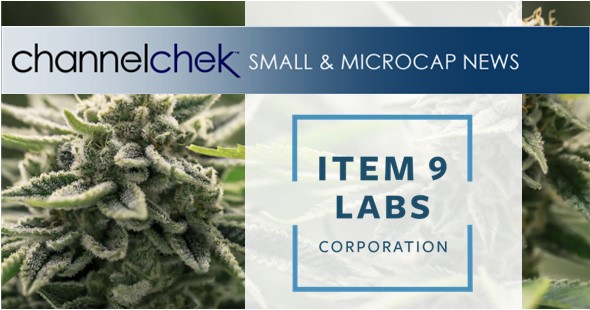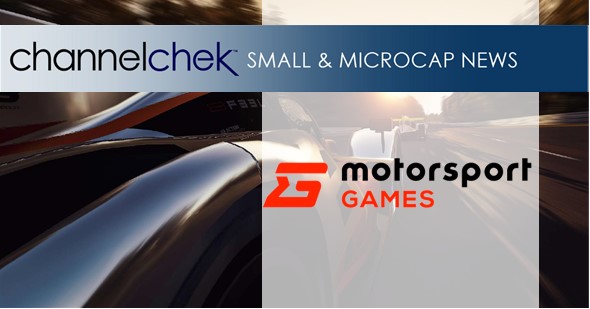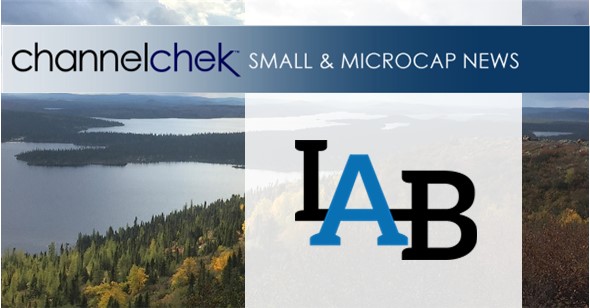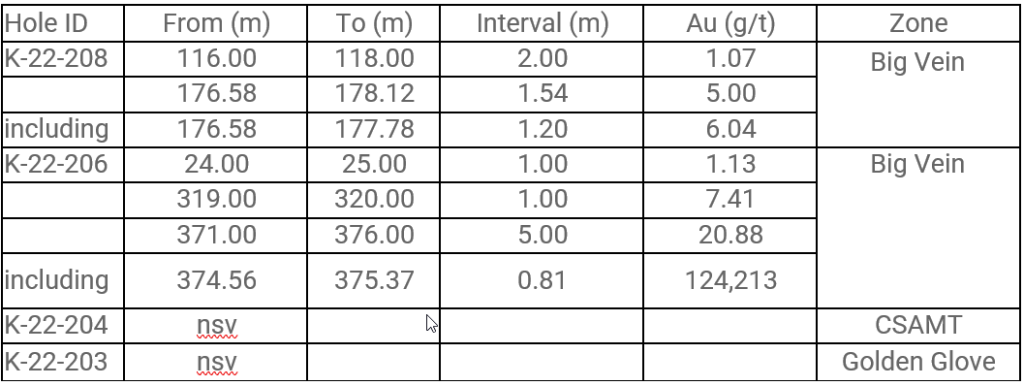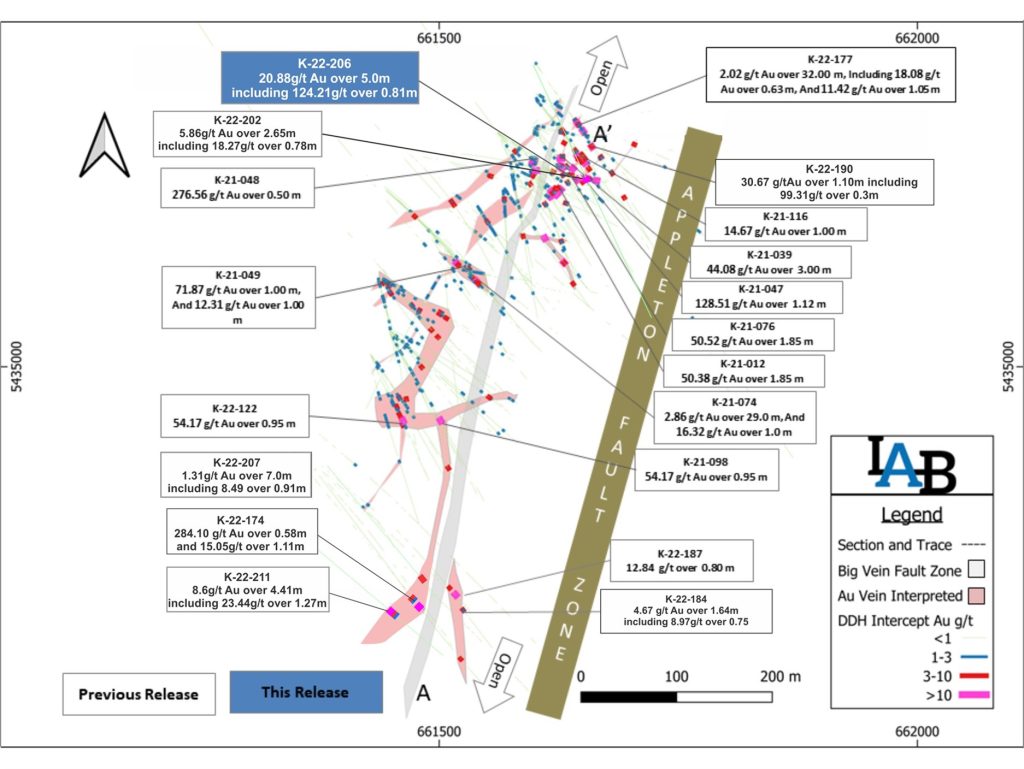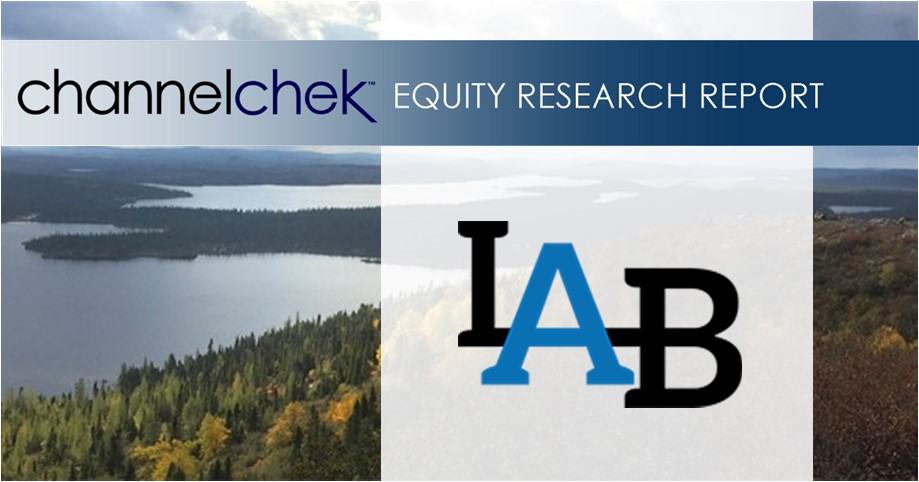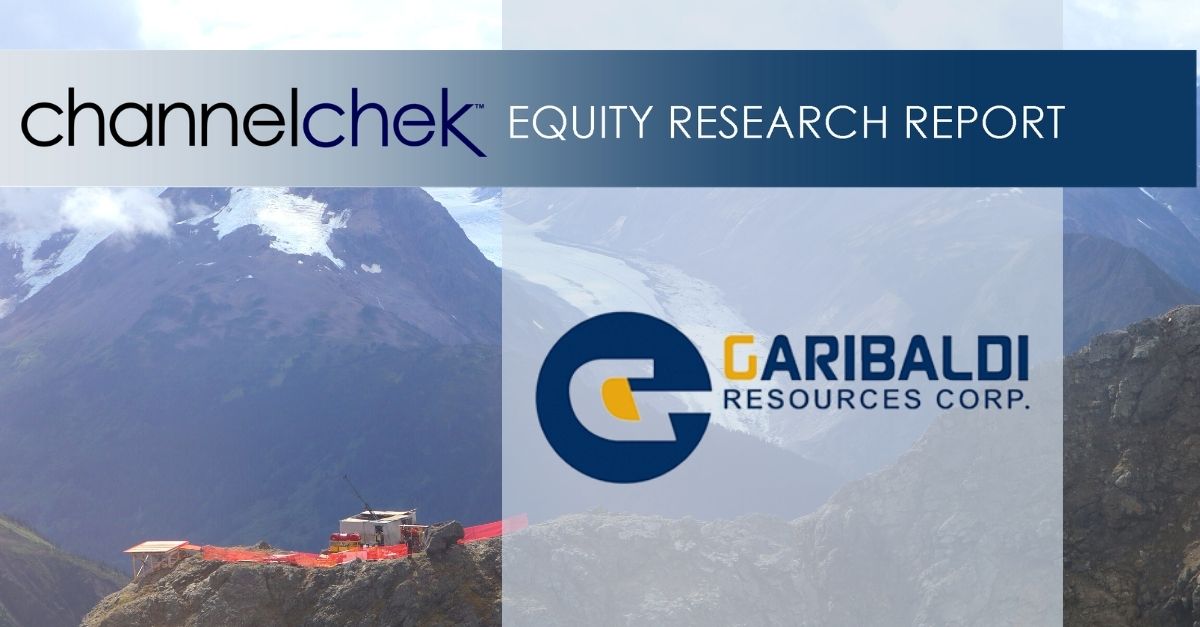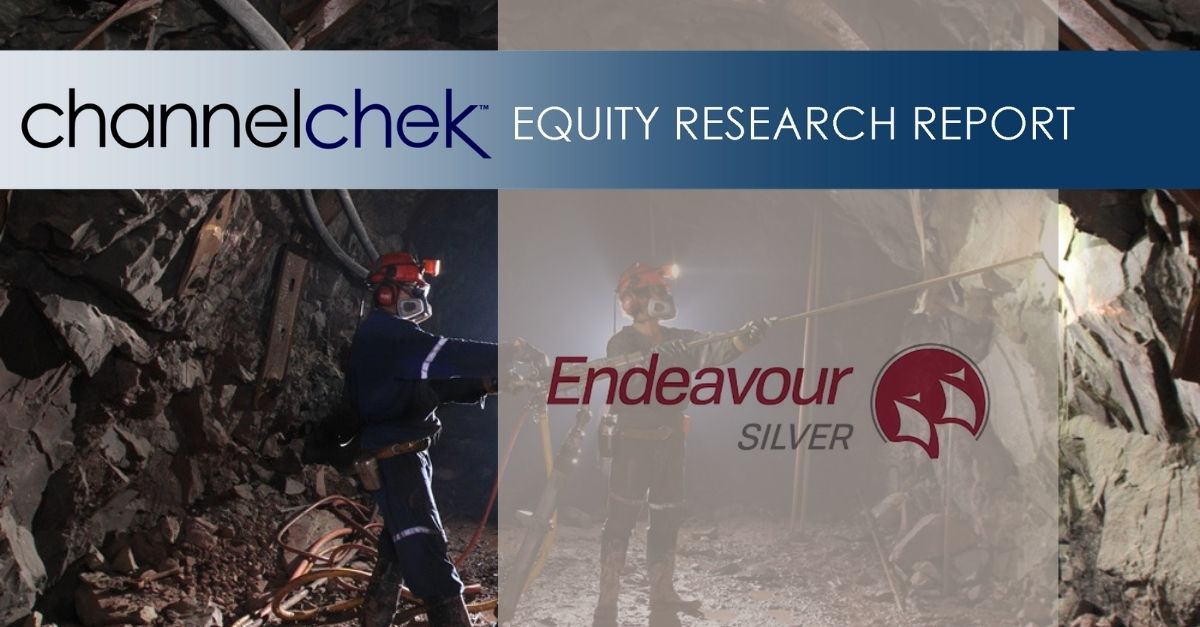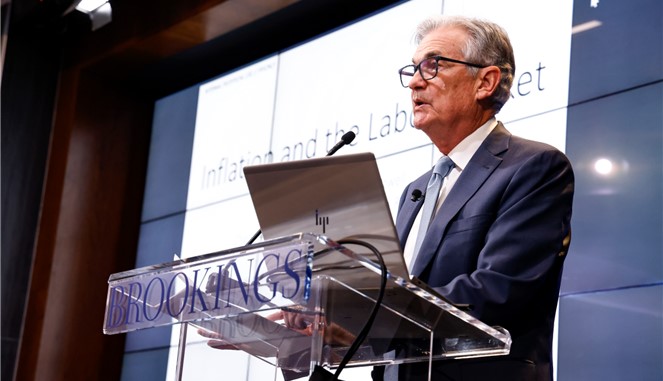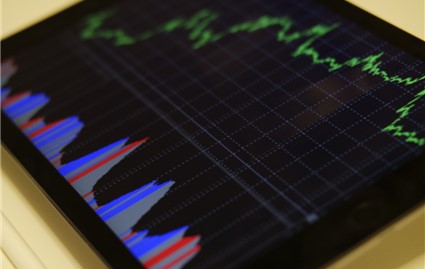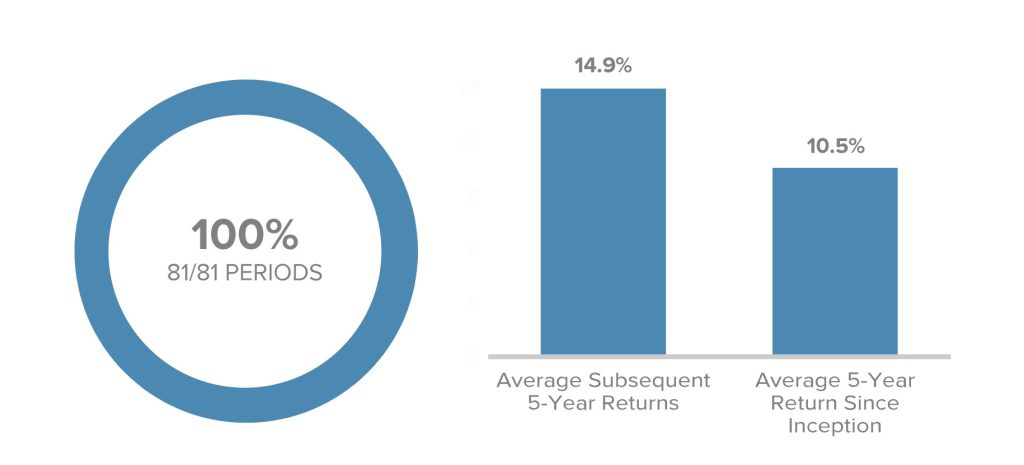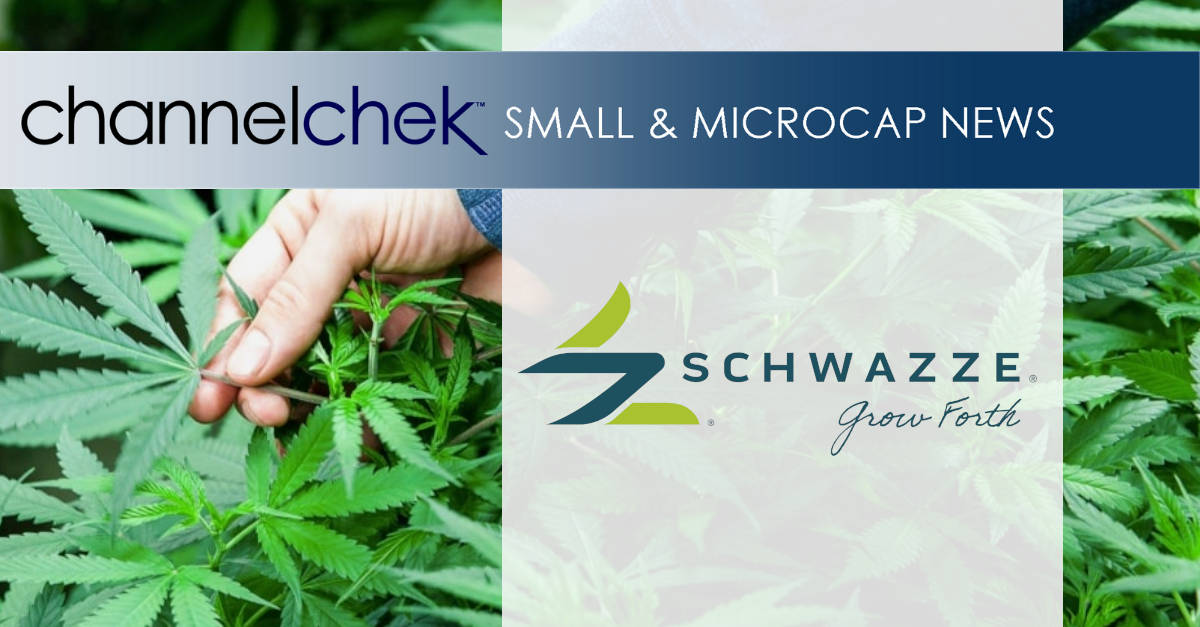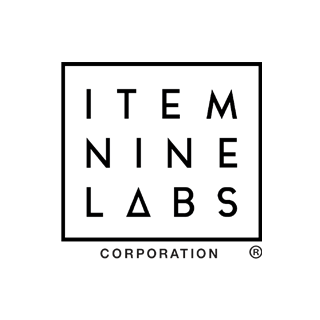
Research News and Market Data on INLB
– Awarded Multiple First Place Podium Finishes in Arizona’s Largest Cannabis Competitions
– Named No. 1 Cannabis Brand in Arizona by MJ Brand Insights For Creative Brand Engagement
PHOENIX , Jan. 12, 2023 /PRNewswire/ — Item 9 Labs —the award-winning, premium cannabis brand from Item 9 Labs Corp. (OTCQX: INLB)—kicks off 2023 after a year of budding growth and achievements embedded in product innovation and increased consumer engagement.
The Arizona marijuana market has experienced one of the most rapid developments in consumer participation and retail expansion of any market over the past year, according to cannabis data research firm BDSA. With the legalization of adult-use marijuana in early 2021, Arizona has seen noticeable popularity across the pre-roll, flower and concentrate categories with the market predicted to exceed $1 billion by year end.
BDSA recognized Item 9 Labs as one of the top 10 cannabis brands in the state overall, along with top five placements across multiple vape categories.
“Wrapping up 2022 as a top 10 brand is a true testament to our team of extraction and cultivation experts and their deep commitment to delivering masterfully crafted cannabis products,” said Item 9 Labs Corp. Chief Executive Officer, Mike Weinberger . “In the year ahead, we are optimistic that our Item 9 Labs brand will continue building on this positive momentum while driving forward brand recognition and loyalty.”
In August 2022 , Item 9 Labs was recognized as the No. 1 cannabis brand in Arizona by MJ Brand Insights (MJBI) , the official publication of MJ Unpacked , for its creative brand engagement. Using a proprietary, comparison-based scoring system by Pioneer Intelligence, the technology leverages data to benchmark marketing performance of consumer-facing cannabis brands.
This past June, the brand launched a new permanent mainstay to its product lineup— 1-gram concentrate infused pre-rolls —recognizing the trending triple-digit growth of this category. Item 9 Labs infused pre-rolls are crafted with award-winning flower and live resin sugar, live resin badder or crumble concentrates, which are grown and extracted in-house. With products in 65 percent of Arizona’s dispensaries, the brand sold more than 13,000 units of its pre-rolls within the first two months and they have been flying off the shelves ever since.
Item 9 Labs consistently bolsters and strengthens its existing extensive product lineup. As the brand entered 2022, it introduced its best-selling proprietary vape technology Orion 710 Live Resin Pod and Battery System with a half-gram pod (500 mg) due to the popularity of its 1-gram (1000 mg) pod. Since hitting the market, Item 9 Labs sold nearly 64,000 units across the state, creating buzz amongst local consumers and generating a go-to vape option for the market.
“Last year was the first year we witnessed the true impact of legal cannabis sales and saw how consumer dynamics evolved alongside it,” said Item 9 Labs Corp. Chief Operating Officer, Chris Wolven . He added, “We put an emphasis on the art of innovation and fueled our go-to-market strategy to meet the increasing demand, and it shows in the awards we took home for product excellence.”
Item 9 Labs’ dedication to perfecting its cannabis products this past year did not go unnoticed. The brand earned multiple top podium finishes in Arizona’s largest and longest-running annual cannabis festivals and awards events. At the Spring Errl Cup and Fall Errl Cup this year, the brand was awarded:
- First place for “Best Cannabis Vape Pen – Indica”
- First place for “Best Cannabis Vape Pen – Sativa”
- Second place for “Best Cannabis Flower – Sativa”
- Second place for “Best Cannabis Vape Pen – Indica”
- Second place for “Best Concentrate – Hybrid”
- Third place for “Best Hand-Crafted Cannabis Product”
- Third place for “Best Cannabis Vape Pen – Sativa”
- Third place for “Best Derivative”
For more information on Item 9 Labs, the brand’s wide range of premium cannabis products and its awards, visit item9labs.com or Item 9 Labs’ Instagram .
ABOUT ITEM 9 LABS
Item 9 Labs cultivates the highest quality cannabis products while providing transparency, consistency and well-being for an enhanced cannabis experience. With more than 30 podium finishes in Arizona marijuana competitions, Item 9 Labs is a trusted source for premium cannabis products. Starting with intentionally grown flower, the Item 9 Labs product catalog spans across five core categories, including several active cannabis strains, cannabis vape products, premium concentrates and Orion vape technology. For additional information, visit item9labs. com .
ABOUT ITEM 9 LABS CORP.
Item 9 Labs Corp. (OTCQX: INLB) is a vertically integrated cannabis operator and dispensary franchisor delivering premium products from its large-scale cultivation and production facilities in the United States . The award-winning Item 9 Labs brand specializes in best-in-class products and user experience across several cannabis categories. The company also offers a unique dispensary franchise model through the national Unity Rd. retail brand. Easing barriers to entry, the franchise provides an opportunity for both new and existing dispensary owners to leverage the knowledge, resources and ongoing support needed to thrive in their state compliantly and successfully. Item 9 Labs brings the best industry practices to markets nationwide through distinctive retail experience, cultivation capabilities and product innovation. The veteran management team combines a diverse skill set with deep experience in the cannabis sector, franchising and the capital markets to lead a new generation of public cannabis companies that provide transparency, consistency and well-being. Headquartered in Arizona, the company is currently expanding its operations space up to 640,000-plus square feet on its 50-acre site, one of the largest properties in Arizona zoned to grow and cultivate flower. For additional information, visit item9labscorp. com .
FORWARD-LOOKING STATEMENTS
This press release contains forward-looking statements within the meaning of the safe harbor provisions of the Private Securities Litigation Reform Act of 1995. Such statements involve risks and uncertainties, including, but not limited to, risks and effects of legal and administrative proceedings and governmental regulation, especially in a foreign country, future financial and operational results, competition, general economic conditions, proposed transactions that are not legally binding obligations of the company and the ability to manage and continue growth. Should one or more of these risks or uncertainties materialize, or should underlying assumptions prove incorrect, actual outcomes may vary materially from those indicated. Important factors that could cause actual results to differ materially from the forward-looking statements we make in this news release include the introduction of new technology, market conditions and those set forth in reports or documents we file from time to time with the SEC. We undertake no obligation to revise or update such statements to reflect current events or circumstances after the date hereof or to reflect the occurrence of unanticipated events.
Media Contact:
Lisa Sass
Serendipit Consulting
lsass@serendipitconsulting.com
602-283-5209
Investor Contact:
Item 9 Labs Corp.
investors@item9labscorp.com
800-403-1140
View original content to download multimedia: https://www.prnewswire.com/news-releases/item-9-labs-closes-out-2022-as-a-top-10-cannabis-brand-in-arizona-301720085.html
SOURCE Item 9 Labs
